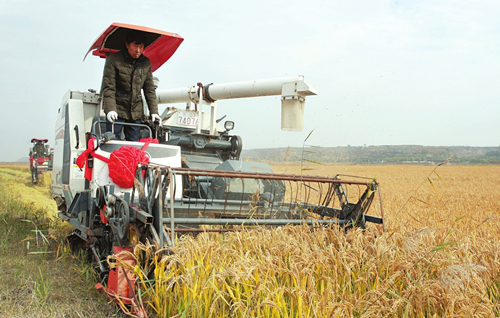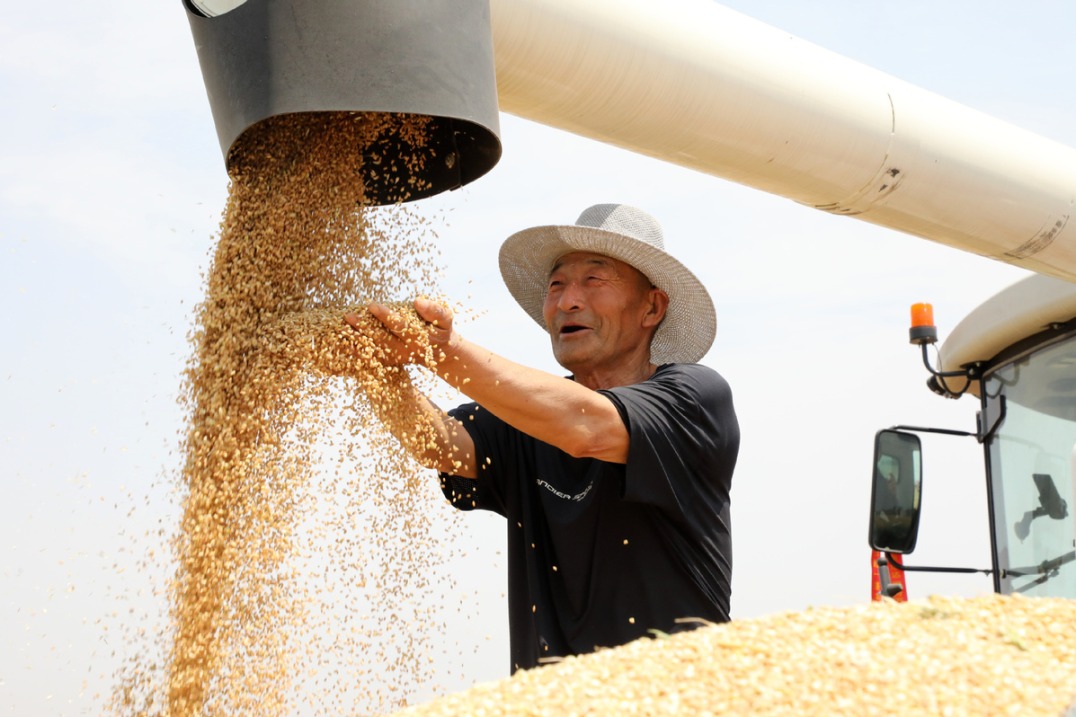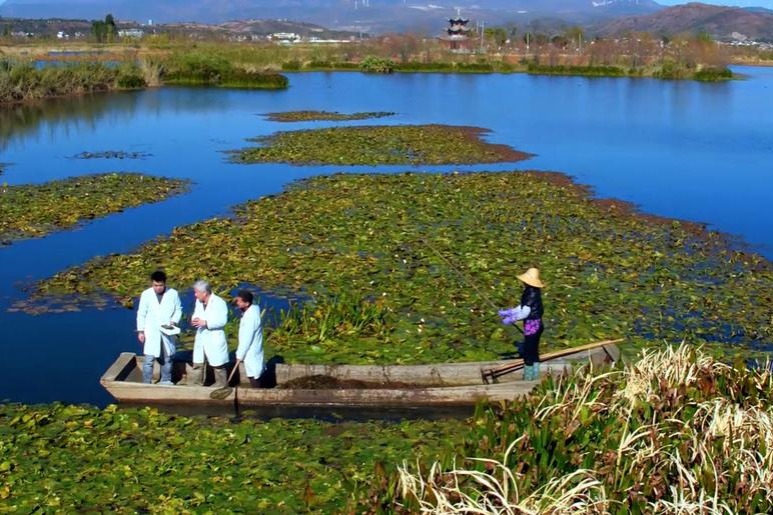China's early rice yield drops amid structural reform


BEIJING -- China produced less rice in the first harvest period of the year compared to 2017 amid agricultural supply-side structural reform, official data showed Friday.
The country produced 28.59 million tonnes of "early rice," planted in spring and harvested in early summer. This was a decrease of more than 1 million tonnes, or 4.3 percent from a year earlier, according to the National Bureau of Statistics (NBS).
China's early rice planting area for the year stood at 4.79 million hectares, 6.8 percent less than last year, and yield per hectare grew 2.7 percent to 5.96 tonnes.
NBS statistician Hou Rui attributed the early rice yield drop to proactive changes in crop structure amid deepening agricultural supply-side structural reform, less rainfall, and crop rotation.
"It points to improved quality and efficiency of China's agricultural production," Hou said.
"The decline will have a very limited impact on the country's grain supply as early rice accounts for a small share of the annual grain output," Hou said.
Early rice is mainly planted in nine provincial-level regions: Zhejiang, Anhui, Fujian, Jiangxi, Hubei, Hunan, Guangdong, Guangxi, and Hainan.
Rice is a staple food in China, and its total grain output consists of three parts -- early rice, summer grain, and autumn production. Autumn grain crops, which include corn and middle- and late-season rice, account for the bulk of the grain production.
- Remains of former senior military official cremated
- China strives to build South China Sea into a sea of peace, friendship, cooperation
- Xi, Myanmar leader exchange congratulations on 75th anniversary of diplomatic ties
- Why Guangdong-Hong Kong-Macao Greater Bay Area is a must-watch for global businesses
- Hefei mobilizes public to build spiritual civilization
- Experts urge stronger civil aviation legislation, cultivation of legal talents





































